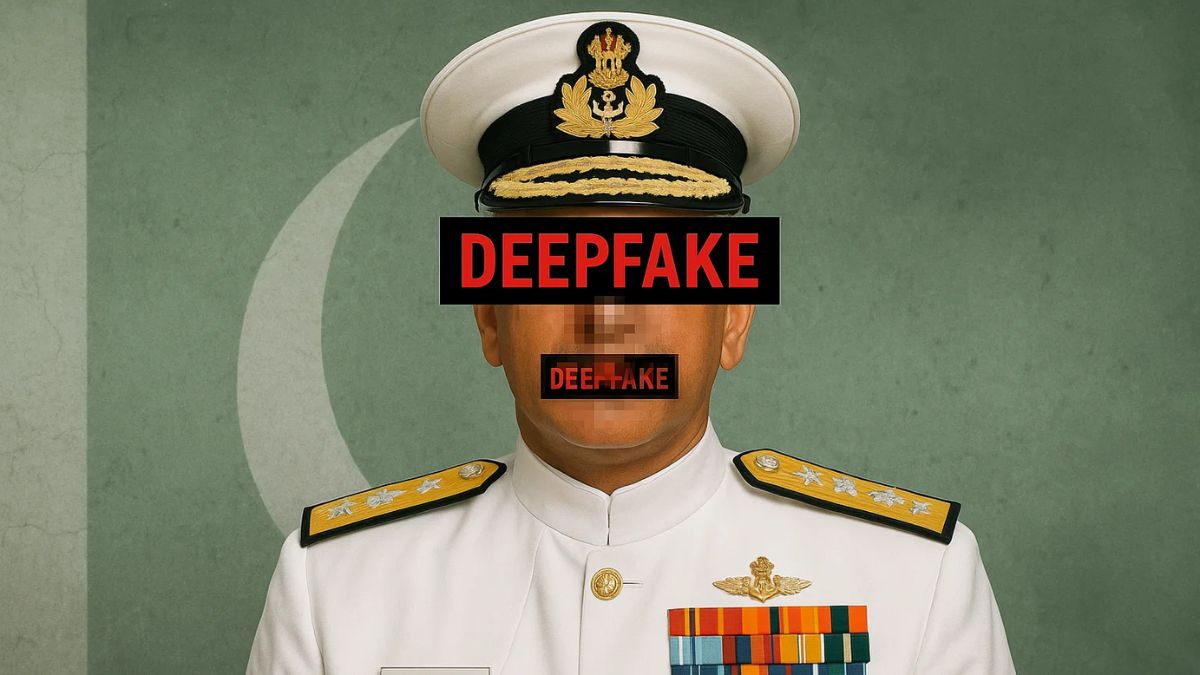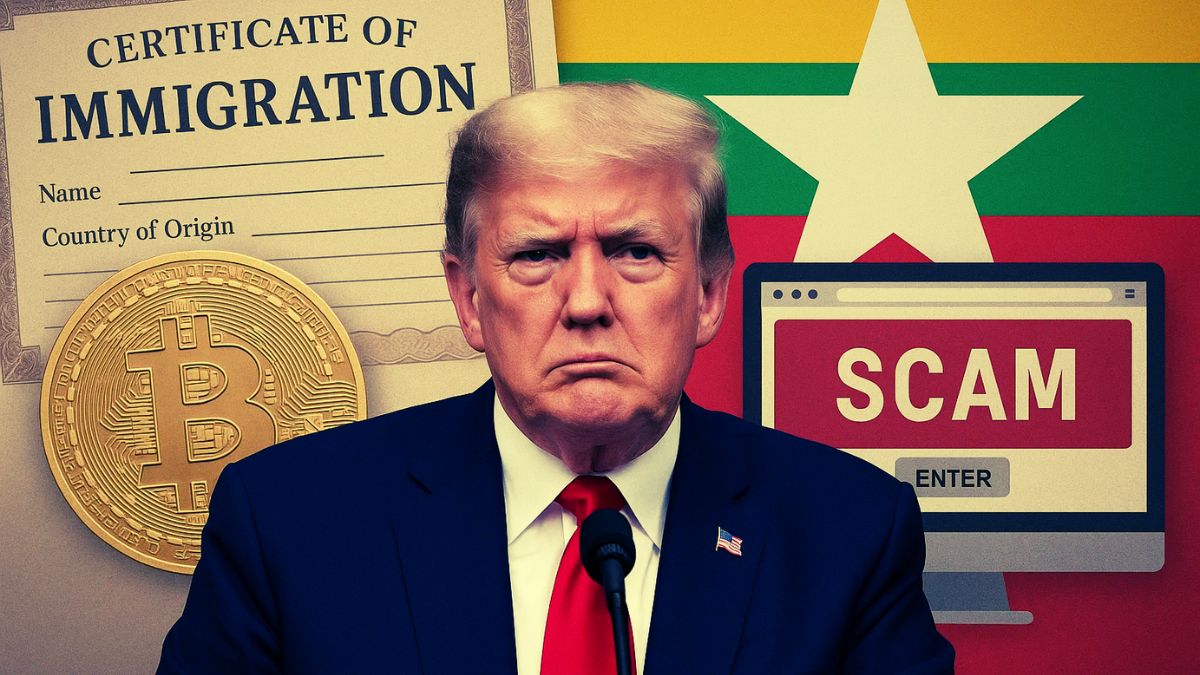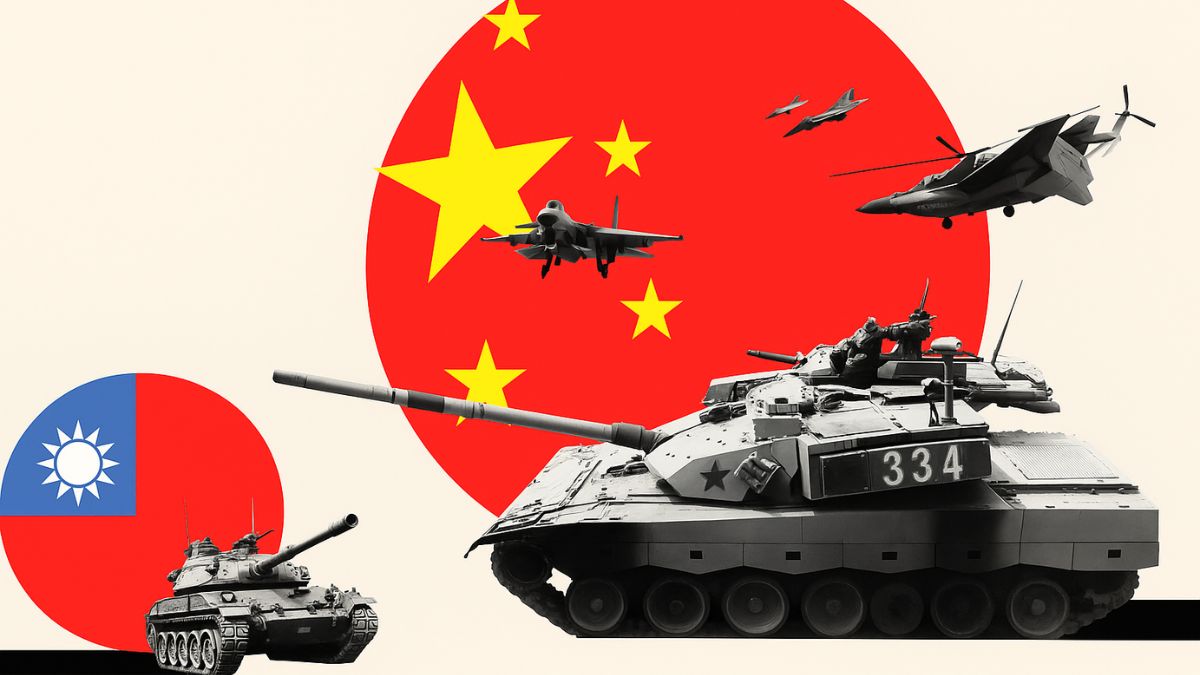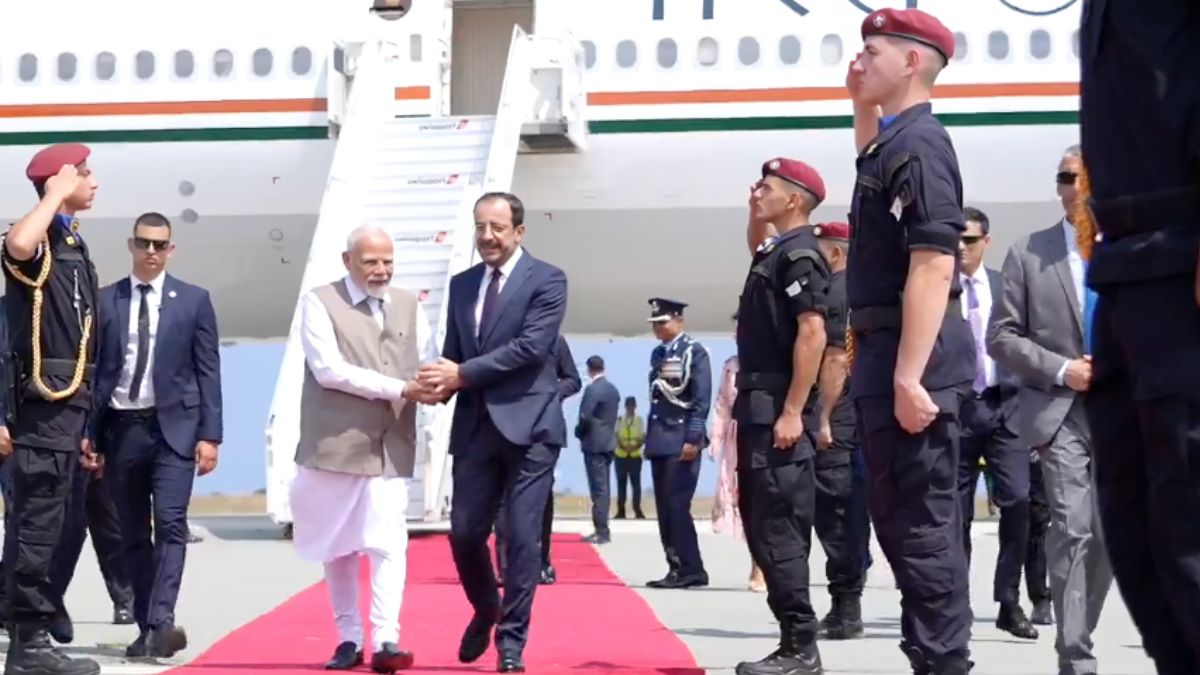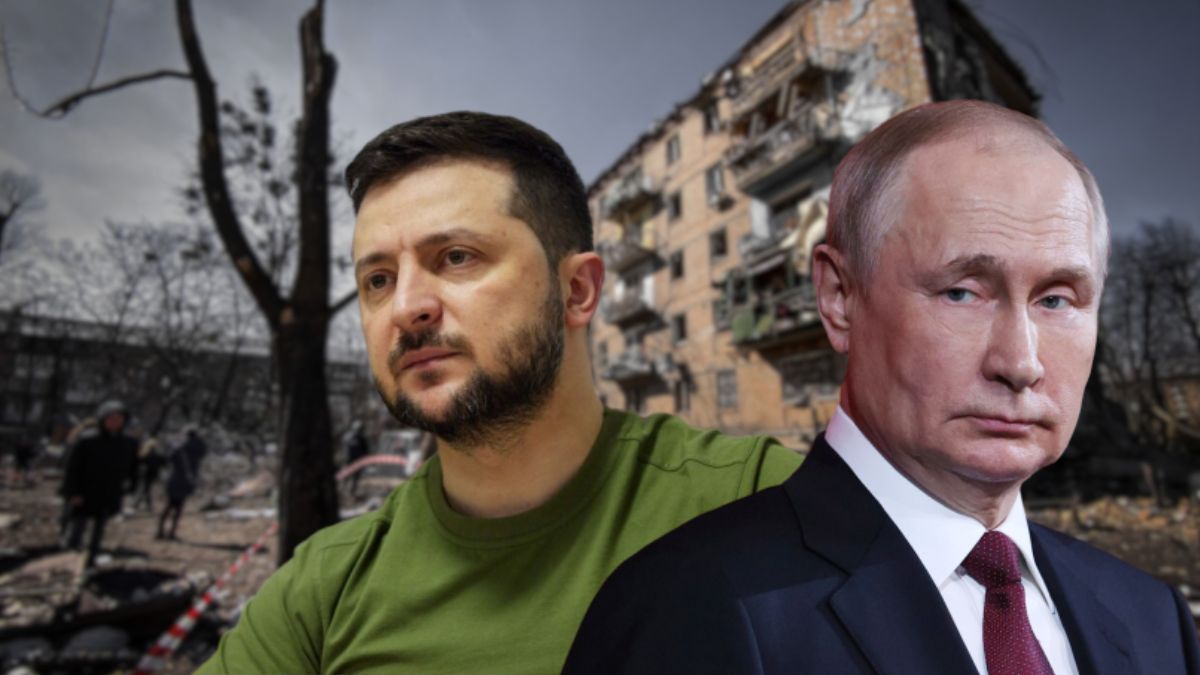Iran Back Under Global Isolation? UN, EU In Unison Reinstate Sanctions – Here’s What It Means
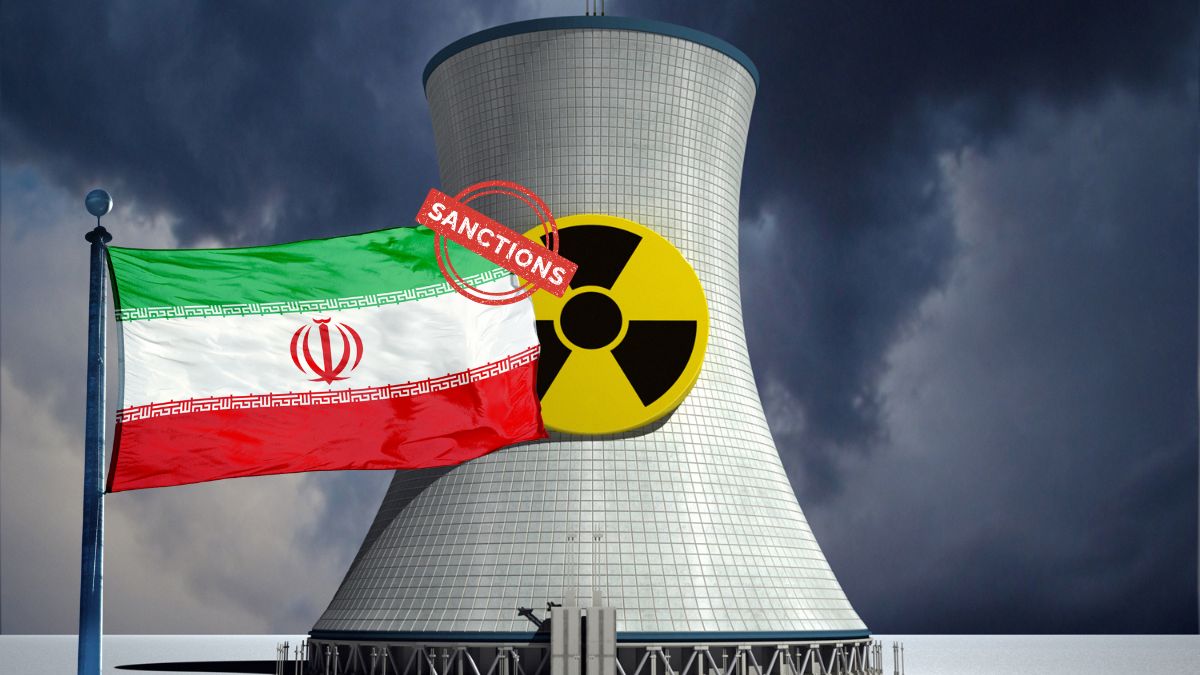
The European trio, known collectively as the E3, say Iran has escalated its nuclear activities and repeatedly obstructed international oversight. Image courtesy: RNA
A decade after sanctions were lifted under a landmark nuclear accord, sweeping UN economic and military measures have been reimposed on Iran. The UK, France and Germany triggered the move using the “snapback” mechanism, accusing Tehran of breaching its nuclear commitments and refusing cooperation.
Just a day after the UN sanctions reinstatement, the European Union too announced a similar decision. The European Union on Monday (September 29, 2025) confirmed that it had reinstated sanctions against Iran, following a similar move against Iran by the United Nations.
“Today, the EU reinstated sanctions against Iran in response to its continued non-compliance with the nuclear agreement. The door for diplomatic negotiations remains open,” said the EU presidency in a statement.
Iran sanctions: Why have they been reinstated now?
Nuclear is the answer to it all! The European trio, known collectively as the E3, say Iran has escalated its nuclear activities and repeatedly obstructed international oversight. The decision follows Tehran’s suspension of inspections by the International Atomic Energy Agency (IAEA), a requirement under the 2015 Joint Comprehensive Plan of Action (JCPOA).
“The snap back of sanctions and nuclear restrictions must not be the end of diplomacy with Iran on the nuclear issue. It is the position of the European Union that a sustainable solution to the Iranian nuclear issue can only be achieved through negotiation and diplomacy,” the EU said in an earlier statement.
Moreover, Iran halted inspections after Israeli and US airstrikes in June 2025 targeted several of its nuclear and military facilities. Despite this escalation, President Masoud Pezeshkian has denied any intention to build nuclear weapons, calling the renewed sanctions “unfair, unjust, and illegal.”
What was the original purpose of the JCPOA?
The 2015 agreement was designed to cap Iran’s nuclear activities in exchange for sanctions relief. It restricted uranium enrichment, limited nuclear stockpiles and curtailed research and development, while allowing peaceful nuclear energy production.
The deal was seen as a diplomatic breakthrough between Iran and Western powers after decades of hostility. However, Iran began breaching its limits following US President Donald Trump’s withdrawal from the pact in 2018. He branded the agreement weak and vowed to negotiate tougher terms, which never materialised.
What these sanctions mean for Iran?
The measures include both those adopted by the UN Security Council since 2006 with successive UNSC resolutions and automatically transposed into EU law, and EU autonomous measures. They concern:
- travel bans for individuals, asset freezes for individuals and entities and, in line with this, the prohibition on making funds or economic resources available to those listed
- economic and financial sanctions, covering the trade, financial and transport sectors.
- in addition to the arms export ban to Iran and the ban on transfer of any items, materials, good and technology that could contribute to Iran’s enrichment-related and reprocessing activities and ballistic missile programmes.
- freezing of assets abroad belonging to individuals or groups tied to prohibited activities.
Did the US-Israel strikes alter Iran’s nuclear trajectory?
The June bombings were intended to slow Iran’s nuclear advances and punish Tehran for arming allied regional militias targeting Israel. Trump claimed the strikes caused “monumental damage,” although analysts and intelligence assessments remain divided on their actual impact.
Iran insists these attacks “fundamentally changed the situation,” arguing that the nuclear deal is no longer viable under military threat. It used the strikes to justify halting IAEA access, though the agency confirmed inspections resumed on Friday.
Why did the E3 trigger the ‘Snapback’ mechanism?
European foreign ministers said they had “no choice” after Iran repeatedly failed to uphold its commitments. Their joint statement accused Tehran of refusing to resolve concerns through dialogue or extend nuclear constraints.
They cited two major violations – denial of access to IAEA inspectors; and failure to report enriched uranium stockpiles.
Despite this, the E3 stress that sanctions do not mark the end of diplomacy.
Is there still room for negotiation?
Talks held on the sidelines of the UN General Assembly last week yielded no breakthrough. Iran has warned that renewed sanctions will jeopardise further engagement. While softening earlier threats to quit the Non-Proliferation Treaty (NPT), President Pezeshkian has demanded guarantees that Israeli forces will not target nuclear sites.
In addition to this, the Iranian President has also rebuffed a US proposal to hand over enriched uranium in exchange for a three-month sanctions reprieve, calling it a “trap” and “a noose around our neck each month.”

